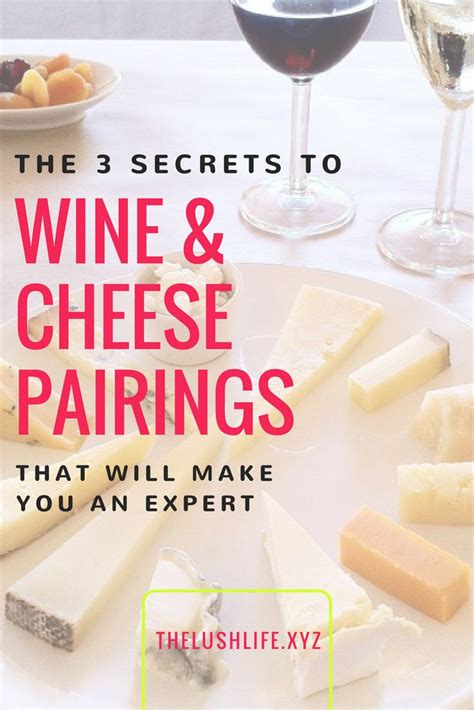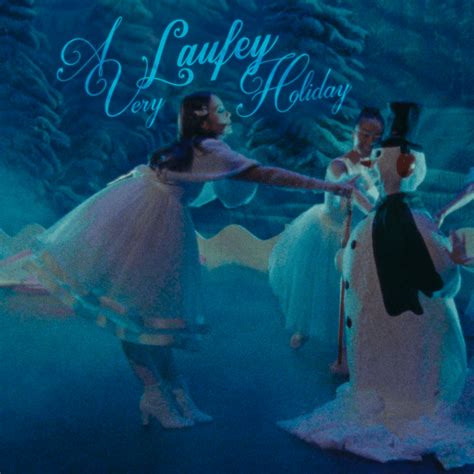The world of cheese and wine is a vast and intricate one, filled with nuances and complexities that can overwhelm even the most seasoned connoisseurs. Choosing the perfect cheese and wine pairing can be a daunting task, especially when faced with the myriad of options available in the market. In this article, we will delve into the expert tips and tricks for selecting the ideal cheese and wine combination, exploring the key factors that influence the pairing process and providing actionable advice for creating unforgettable culinary experiences.
Understanding the Basics of Cheese and Wine Pairing
Before embarking on the journey of selecting the perfect cheese and wine pairing, it’s essential to understand the fundamental principles that govern this process. Cheese and wine pairing is an art that involves balancing the flavors, textures, and aromas of both components to create a harmonious and enjoyable experience. The key factors that influence the pairing process include the type of cheese, the age and origin of the wine, and the individual’s personal taste preferences.
The Role of Tannins in Wine
Tannins play a crucial role in the pairing process, as they can either complement or clash with the flavors and textures of the cheese. Tannins are compounds found in the skin, seeds, and stems of grapes, which give wine its astringent and bitter taste. When pairing wine with cheese, it’s essential to consider the tannin levels, as high-tannin wines can overpower delicate cheeses, while low-tannin wines may not provide enough structure to balance rich and creamy cheeses.
The Importance of Cheese Texture
The texture of the cheese is another critical factor in the pairing process. Soft and creamy cheeses, such as brie and camembert, require wines with high acidity and low tannins, while hard and aged cheeses, such as parmesan and cheddar, can handle wines with higher tannin levels. The texture of the cheese can also influence the serving temperature, as soft cheeses are often served at room temperature, while hard cheeses are best served chilled.
Expert Tips for Choosing Cheese and Wine
With a solid understanding of the fundamental principles of cheese and wine pairing, it’s time to explore the expert tips and tricks for selecting the perfect combination. Here are some actionable advice and recommendations from seasoned connoisseurs:
- Start with the Cheese: When pairing cheese and wine, it’s often best to start with the cheese and then select a wine that complements its flavors and textures. Consider the type of cheese, its age, and its origin, and look for wines that share similar characteristics.
- Consider the Wine Style: The style of the wine is another critical factor in the pairing process. Red wines are often paired with rich and savory cheeses, while white wines are better suited for soft and delicate cheeses. Sparkling wines, such as champagne, can add a celebratory touch to any cheese platter.
- Don’t Forget the Condiments: Condiments and accompaniments can elevate the pairing experience and add depth and complexity to the combination. Consider adding fruits, nuts, and chutneys to the platter, and look for condiments that complement the flavors and textures of the cheese and wine.
- Experiment and Take Risks: Cheese and wine pairing is an art that requires experimentation and risk-taking. Don’t be afraid to try new combinations and experiment with different flavors and textures. You may be surprised by the unexpected pairings that emerge from your experimentation.
Choosing the Perfect Wine Cask
When it comes to choosing the perfect wine cask, there are several factors to consider, including the type of wine, the age of the wine, and the personal preferences of the individual. Here are some expert tips for selecting the ideal wine cask:
- Consider the Wine Style: The style of the wine is a critical factor in selecting the perfect cask. Oak casks are often used for aging red wines, while stainless steel casks are better suited for white wines.
- Think About the Age of the Wine: The age of the wine is another critical factor in selecting the perfect cask. Older wines require more delicate casks, while younger wines can handle more robust casks.
- Look for Quality and Craftsmanship: The quality and craftsmanship of the cask are essential factors in selecting the perfect wine cask. Look for casks made from high-quality materials, and consider the reputation of the manufacturer.
Choosing the Perfect Cheese
When it comes to choosing the perfect cheese, there are several factors to consider, including the type of cheese, the age of the cheese, and the personal preferences of the individual. Here are some expert tips for selecting the ideal cheese:
- Consider the Type of Cheese: The type of cheese is a critical factor in selecting the perfect cheese. Soft and creamy cheeses, such as brie and camembert, are perfect for spreading on crackers, while hard and aged cheeses, such as parmesan and cheddar, are better suited for grating or slicing.
- Think About the Age of the Cheese: The age of the cheese is another critical factor in selecting the perfect cheese. Younger cheeses are often milder and more delicate, while older cheeses are richer and more complex.
- Look for Quality and Freshness: The quality and freshness of the cheese are essential factors in selecting the perfect cheese. Look for cheeses made from high-quality milk, and consider the reputation of the manufacturer.
The Importance of Personal Taste
Personal taste plays a significant role in the pairing process, as individual preferences can greatly influence the enjoyment of the combination. When selecting a cheese and wine pairing, it’s essential to consider personal taste preferences, including the level of sweetness, acidity, and tannins.
The Role of Self-Discovery
Self-discovery is a critical component of the pairing process, as it allows individuals to explore their personal taste preferences and discover new combinations. By experimenting with different flavors and textures, individuals can develop a deeper understanding of their personal taste preferences and create unique pairing experiences that reflect their individuality.
Creating a Memorable Cheese and Wine Experience
Creating a memorable cheese and wine experience requires attention to detail, creativity, and a willingness to experiment. Here are some expert tips for creating an unforgettable culinary experience:
- Create a Theme: Creating a theme for the cheese and wine experience can add depth and complexity to the combination. Consider selecting cheeses and wines from a specific region or country, or creating a seasonal theme that reflects the freshest ingredients.
- Use High-Quality Ingredients: Using high-quality ingredients is essential for creating a memorable cheese and wine experience. Look for cheeses and wines made from high-quality materials, and consider the reputation of the manufacturer.
- Pay Attention to Presentation: Presentation is a critical factor in creating a memorable cheese and wine experience. Consider using decorative plates, glasses, and linens to add a touch of elegance to the combination.
Frequently Asked Questions
What is the best way to store cheese and wine?
+The best way to store cheese and wine is in a cool, dry place, away from direct sunlight and heat sources. Consider using a wine fridge or a cheese cave to maintain the optimal temperature and humidity levels.
How do I pairing cheese and wine for a dinner party?
+Pairing cheese and wine for a dinner party requires consideration of the menu, the number of guests, and the personal preferences of the host. Consider selecting a variety of cheeses and wines that complement the menu, and look for pairing suggestions from experts or online resources.
What are some common mistakes to avoid when pairing cheese and wine?
+Some common mistakes to avoid when pairing cheese and wine include pairing strong cheeses with delicate wines, pairing sweet wines with savory cheeses, and neglecting to consider the texture and age of the cheese. By avoiding these mistakes, individuals can create memorable and enjoyable cheese and wine experiences.
In conclusion, selecting the perfect cheese and wine pairing is an art that requires expertise, experimentation, and attention to detail. By considering the fundamental principles of cheese and wine pairing, following expert tips and tricks, and experimenting with different flavors and textures, individuals can create unforgettable culinary experiences that reflect their personal taste preferences. Whether you’re a seasoned connoisseur or a beginner, the world of cheese and wine pairing offers endless opportunities for discovery and exploration, and with the right guidance, anyone can become a master of this delicate and intricate art.



